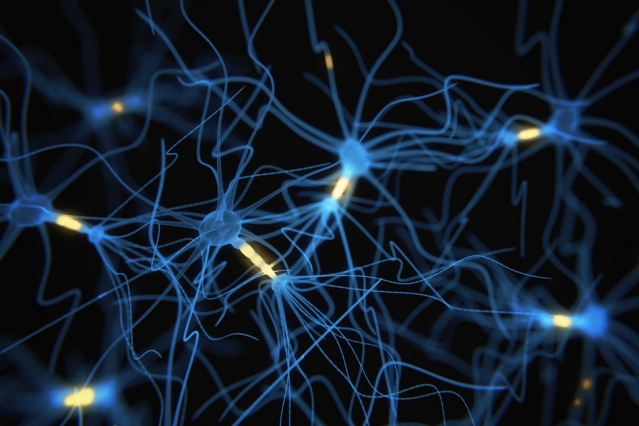
"If mindfulness was a pill, it would have been flying off the shelves in pharmacies."
- Professor John Gabrieli, MIT Integrated Learning Initiative Director
On January 25, members of the MIT Integrated Learning Initiative (MITili) held a public discussion on mindfulness and its importance to learning science as part of MIT Open Learning Talks, a monthly conversation series. The panel featured MITili Director Professor John Gabrieli and MITili grantees Prof. Pattie Maes and Prof. Pawan Sinha in conversation with Vice President for Open Learning Prof. Sanjay Sarma.
MITili is focused on exploring a series of questions around identifying, detecting, and acting on the cognitive and neural correlates of autism, anxiety and depression, and Alzheimer’s as they impact learning. The objective of the new Mental Wellness Initiative (MWI) is to expand the scope of and collaborate across MIT research projects that focus on debilitating mental health conditions that impact and are impacted by learning.
Maes, who works extensively with AI and human-computer interaction as head of the MIT Media Lab’s Fluid Interfaces Group, offered an introduction to the use of VR and AR in mindfulness studies. “We all have digital devices with us all the time. Wearable devices are under development that will, in the moment, be able to tell us when we’re anxious or calm, focused or distracted, and more,” she says.
Gabrieli spoke about his work on mindfulness in the junior high classroom. “We needed to go into the classroom and survey 2,000 middle school students on their degree of mindfulness and then we asked ourselves if a more mindful student would do better in school,” he said. His study focused on a diverse set of students in the Boston area. “With access to grades and test scores we were able to determine that the more mindful the student, the better the test scores, the better the grades.”
Sinha, a professor of vision and computational neuroscience, uses a combination of experimental and computational modeling techniques focused on understanding how the human brain learns to recognize objects through visual experience. Sinha’s work speaks to a broader question as Sarma asked the panel if there was something students could do at home now, especially while learning remotely. “Control or having some sense of how things are going to unfold is very calming,” Sinha replied. “Reduced predictability may lead to learned helplessness with extreme amounts of stress and anxiety. One way to decrease those feelings is to increase the structure in your day. Routines and schedules can be very calming.”
Full video of the hour-long discussion can be viewed here. Join the next webinar in the Open Learning Talks series, “Workforce Education: A New Roadmap,” on February 23. Open Learning Talks are free and open to the public. Learn more and register here.